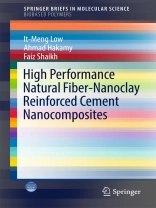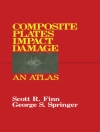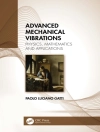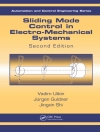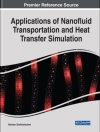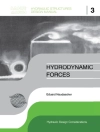This brief describes a novel approach to overcome the disadvantages of hemp fibres in cementitious composites. The authors describe how the new approach includes the combination of thermal pre-treatment of nanoclay (producing calcined nanoclay) and chemical pre-treatment of fibre surfaces to improve the microstructure, mechanical, physical and thermal properties and also durability of hemp fibre reinforced cement composites. In this work, the synthesis of several materials are studied: nanoclay-cement nanocomposite, calcined nanoclay-cement nanocomposite, untreated & treated hemp fabric-reinforced cement composite, hemp fabric-reinforced nanoclay-cement nanocomposite and treated hemp fabric-reinforced nanoclay-cement nanocomposite. The influence of nanoclay on properties of cement paste and hemp fabric-reinforced cement composite is also presented together with the influence of Na OH pre-treatment of fibre surfaces on properties of hemp fabric-reinforced cement composite.
The authors have aimed this brief at those working on environmental-friendly, biodegradable, building materials.Tabla de materias
Chemical Compositions and Structure of Natural Fibres.- Natural Fibre Surface Modification by Alkaline treatment.- Nanotechnology and Cement Nanocomposites.- Cement Nanoclay Nanocomposites.- Cement Calcined Nanoclay Nanocomposites.
Sobre el autor
Prof. It-Meng (Jim) Low is based in the Applied Physics department Curtin University, Australia. He has been involved in the synthesis and characterization of MAX phases, UHTCs, advanced ceramics and composite materials for the past 20 years.
Prof. Low has published over 250 archival research papers, books and book chapters have been produced and in excess of 1895 citations have been received. H-index is 23 with an average over 7 citations per paper.
Dr. Faiz Uddin Ahmed Shaikh is a Senior Lecturer, Department of Civil Engineering, Curtin University, Australia.
Mr. Ahmad Hakamy is a Ph D Student in the Department of Applied Physics, Curtin University, Australia.
